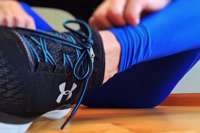What a cross country training regimen can tell you about peroneal tendinitis, peroneal tendon tears and peroneal tendon subluxation.jpg)
When you meet with your doctor, there’s an unwritten script that your doc is using to guide his/her decision making. Past medical history, social history, family hist...









